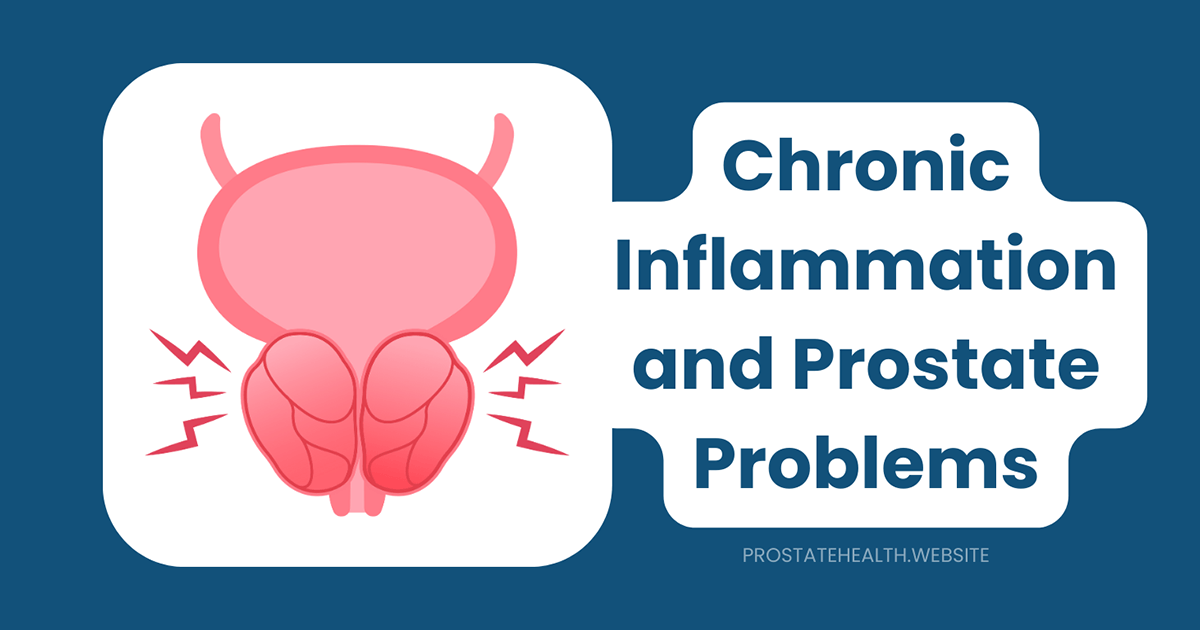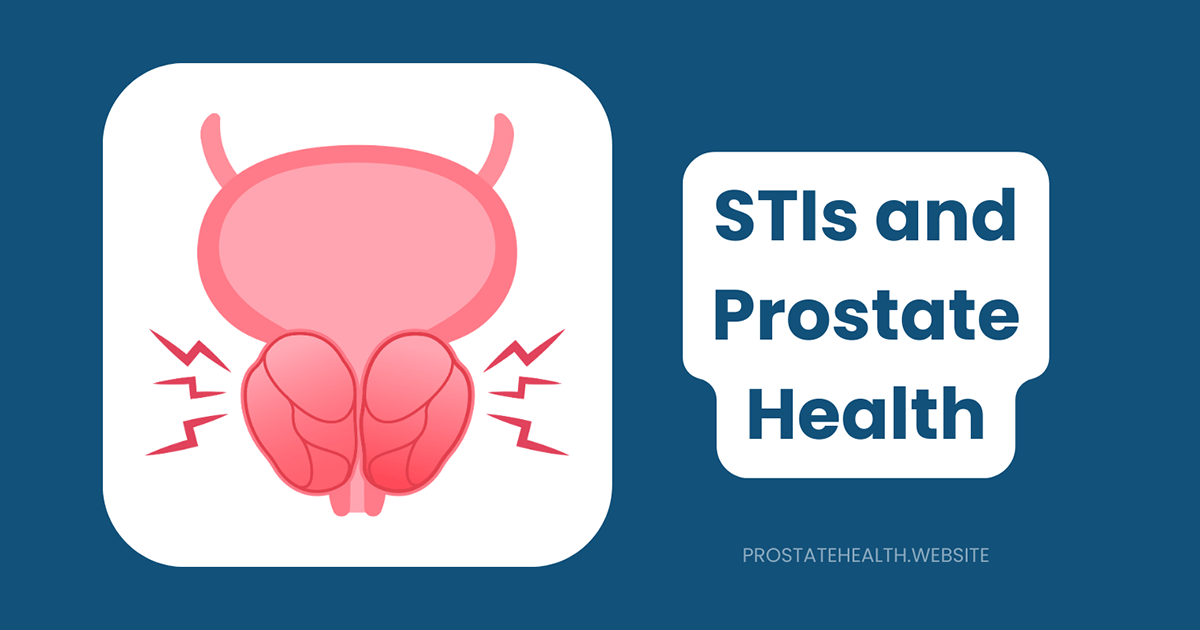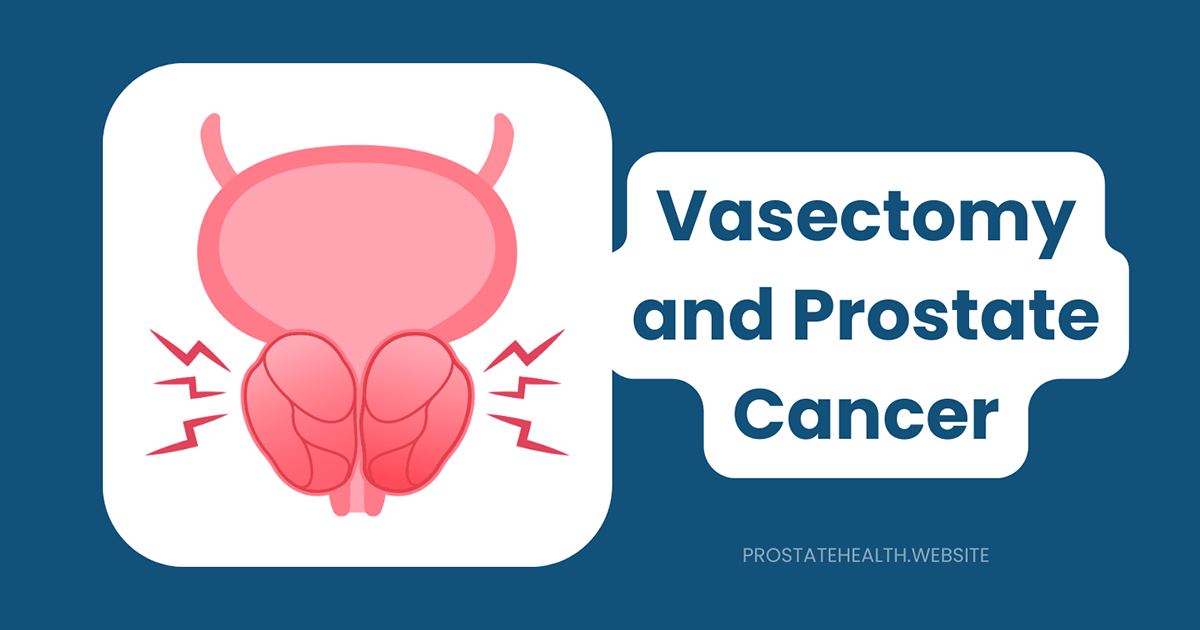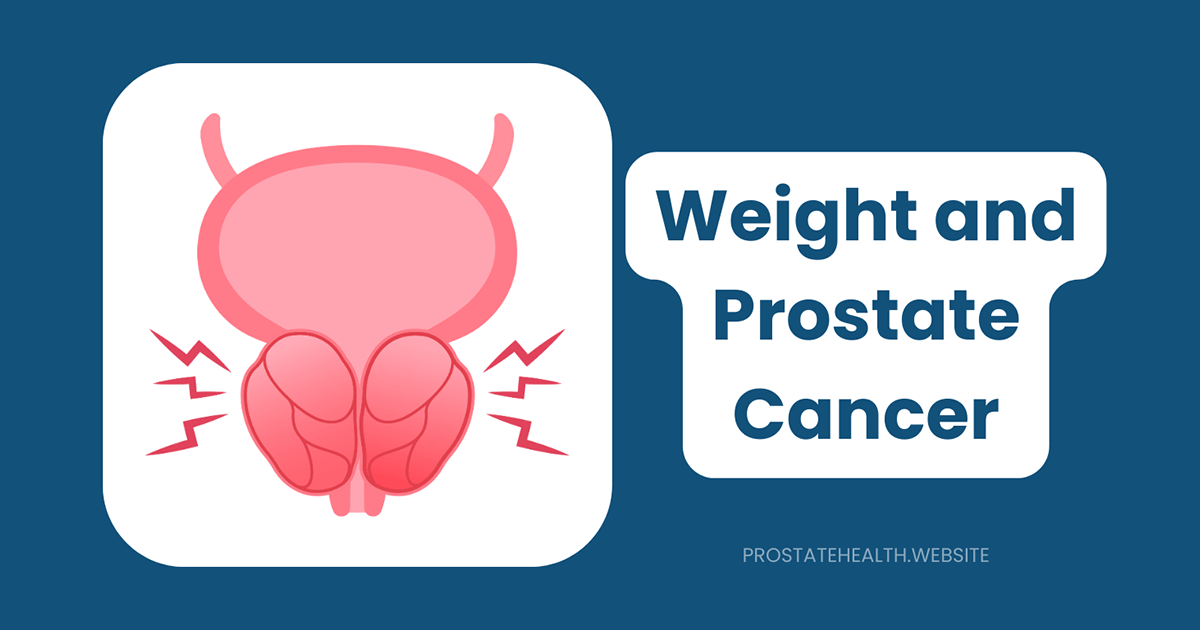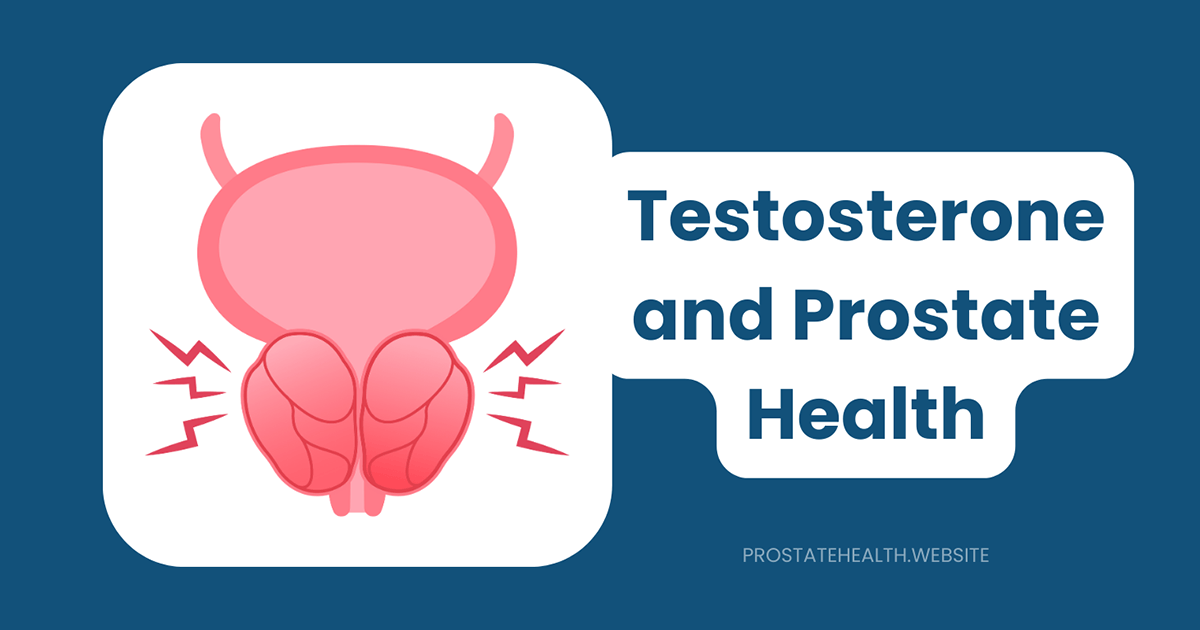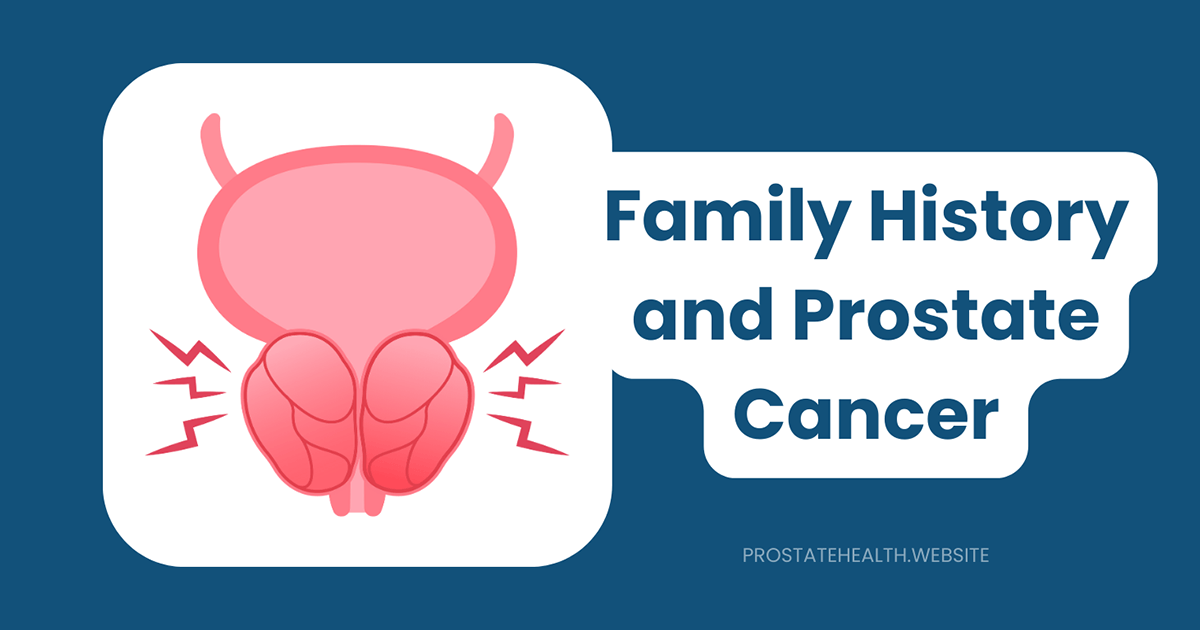Environmental Toxins That May Affect Prostate Health
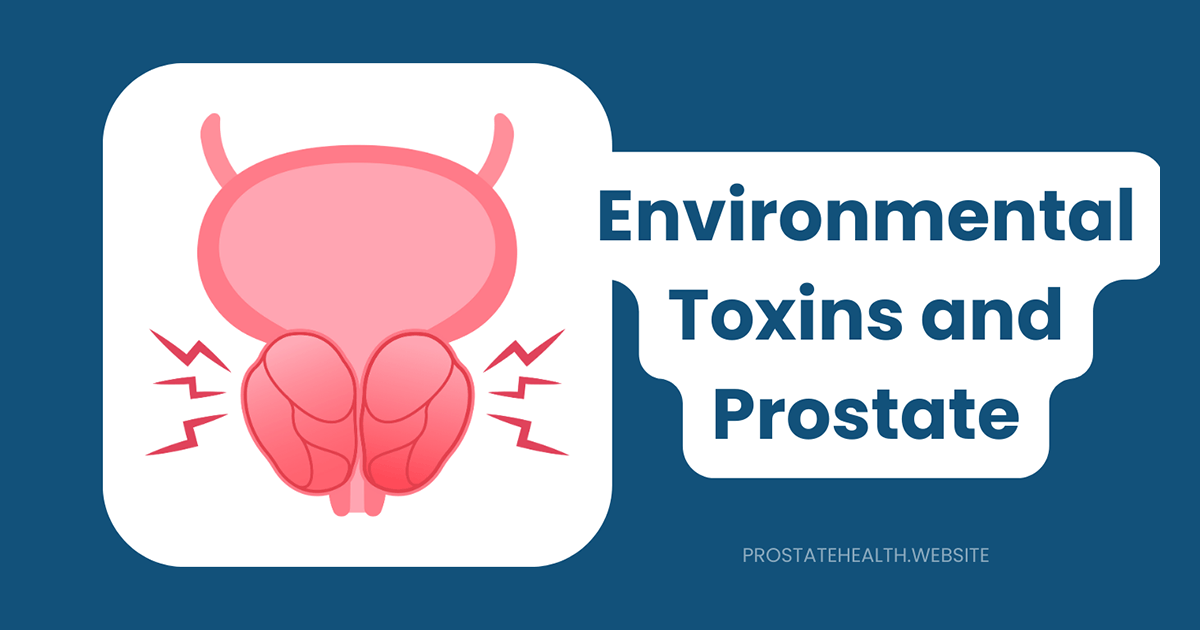
The modern world surrounds us with thousands of synthetic chemicals—in our food, water, air, and everyday products. While these substances have transformed our lives in countless ways, emerging research suggests that some may come with hidden costs to our health, particularly for men’s prostate health.
As prostate conditions like benign prostatic hyperplasia (BPH), prostatitis, and prostate cancer become increasingly common, scientists are investigating the potential role of environmental toxins in these conditions. The evidence points to concerning connections that every man should understand.
In this comprehensive guide, we’ll explore the environmental toxins that may affect prostate health, the science behind their effects, and practical steps you can take to reduce your exposure and protect your prostate.
Understanding the Prostate’s Vulnerability to Environmental Toxins
Before diving into specific toxins, it’s important to understand why the prostate gland may be particularly susceptible to environmental chemicals:
The Prostate as a Hormone-Responsive Organ
The prostate is highly responsive to hormones, particularly androgens (male hormones) like testosterone and dihydrotestosterone (DHT). This hormonal sensitivity makes the prostate vulnerable to chemicals that can disrupt normal hormone function.
Dr. James Wilson, environmental health researcher at University Medical Center, explains: “Many environmental toxins act as endocrine disruptors—chemicals that can mimic, block, or otherwise interfere with the body’s natural hormones. Since the prostate is so hormone-dependent, it’s particularly susceptible to these effects.”
The Prostate’s Role in Detoxification
The prostate plays a role in filtering and removing toxins from seminal fluid. This detoxification function means that harmful substances can accumulate in prostate tissue over time.
Age-Related Vulnerability
As men age, their detoxification capacity often decreases while their lifetime exposure to environmental toxins increases. This combination may contribute to the age-related increase in prostate conditions.
Key Environmental Toxins Linked to Prostate Health Concerns
Research has identified several categories of environmental toxins that may affect prostate health:
1. Per- and Polyfluoroalkyl Substances (PFAS)
Often called “forever chemicals” because they don’t break down in the environment, PFAS are among the most concerning toxins for prostate health.
What They Are and Where They’re Found
PFAS are synthetic chemicals used in:
- Non-stick cookware
- Water-resistant clothing and fabrics
- Food packaging (especially greasy food wrappers)
- Stain-resistant carpets and furniture
- Firefighting foam
- Some cosmetics and personal care products
The Evidence Linking PFAS to Prostate Health
Recent research has strengthened the connection between PFAS exposure and prostate concerns:
- A 2025 study found that men with elevated PFAS exposure had a 30% higher risk of developing prostate cancer, according to data from the National Health and Nutrition Examination Survey (NHANES).
- The C8 Health Project, which studied communities exposed to PFOA (a type of PFAS) through contaminated drinking water, found a statistically significant increase in prostate cancer diagnoses among participants with high PFOA blood levels.
- Research from Harvard University confirmed a correlation between long-term PFAS exposure from drinking water and aggressive forms of prostate cancer.
How PFAS Affect the Prostate
PFAS may harm prostate health through several mechanisms:
- Endocrine disruption: PFAS can alter androgen receptor activity, affecting testosterone and DHT regulation, both linked to prostate cancer progression.
- Estrogenic effects: Some PFAS can mimic estrogen, potentially increasing cell proliferation in hormone-sensitive tissues like the prostate.
- Inflammation: PFAS exposure has been linked to increased levels of inflammatory cytokines associated with prostate tumor growth.
- Oxidative stress: PFAS can increase production of reactive oxygen species (ROS), causing DNA damage in prostate cells.
- Epigenetic changes: PFAS may alter gene expression patterns without changing the underlying DNA sequence, potentially activating cancer-promoting genes.
2. Heavy Metals
Several heavy metals have been implicated in prostate health concerns, with recent research providing new insights into their effects.
Cadmium
- Sources: Cigarette smoke, contaminated food (especially rice and vegetables grown in contaminated soil), batteries, and industrial emissions.
- Evidence: A 2025 study published in Nature Scientific Reports found significant associations between urinary lead concentrations and prostate cancer risk. Previous research has linked cadmium exposure to increased prostate cancer risk, particularly in occupationally exposed workers.
- Mechanism: Cadmium may promote prostate carcinogenesis through oxidative stress, inhibition of DNA repair, and disruption of zinc homeostasis in the prostate.
Lead
- Sources: Old paint, contaminated dust, certain ceramics, and some water pipes.
- Evidence: The 2025 Nature Scientific Reports study found that urinary lead concentrations were significantly associated with prostate cancer (OR 0.28).
- Mechanism: Lead exposure can induce oxidative stress, inflammation, and DNA damage in prostate tissue.
Arsenic
- Sources: Contaminated drinking water, certain foods (especially rice and some fruit juices), and pressure-treated wood.
- Evidence: Studies have found associations between arsenic exposure and prostate cancer risk, particularly in areas with naturally high arsenic levels in drinking water.
- Mechanism: Arsenic may promote prostate carcinogenesis through oxidative stress, inflammation, and epigenetic alterations.
Other Metals of Concern
The 2025 Nature Scientific Reports study also identified two other metals with significant associations to prostate conditions:
- Vanadium: Higher plasma vanadium concentrations were significantly associated with precancerous prostate lesions (OR 11.67).
- Antimony: Lower plasma antimony concentrations were significantly associated with prostate cancer (OR -0.25).
Dr. Sarah Williams, toxicologist, notes: “These findings about vanadium and antimony are particularly interesting because they haven’t received as much attention as other metals. They suggest that the relationship between metals and prostate health may be more complex than we previously thought.”
3. Air Pollution
Emerging research has strengthened the link between air pollution and prostate health concerns.
Key Air Pollutants
A groundbreaking 2025 study published in Environmental Research analyzed data from 210,722 men in the UK Biobank and found positive associations between several air pollutants and prostate cancer risk:
- Particulate Matter (PM2.5 and PM10): Tiny particles found in air pollution from vehicles, industrial emissions, and wildfires showed the strongest association with prostate cancer risk (HR 1.120 and 1.121 respectively).
- Nitrogen Oxides (NOx and NO2): These gases, primarily from vehicle emissions and power plants, were associated with increased prostate cancer risk (HR 1.040).
- Benzene: This volatile organic compound found in vehicle emissions, industrial processes, and some consumer products was linked to higher prostate cancer risk (HR 1.080).
Protective Effect of Green Spaces
Interestingly, the same study found that higher percentages of greenness at home locations reduced the impact of these pollutants on prostate cancer risk, suggesting that access to nature may provide some protection against the harmful effects of air pollution.
4. Pesticides and Herbicides
Agricultural chemicals have been linked to prostate health concerns, particularly among farmers and agricultural workers.
Key Compounds of Concern
- Organochlorine pesticides: Including DDT and chlordane, these persistent chemicals have been linked to increased prostate cancer risk in several studies.
- Organophosphate pesticides: These widely used insecticides may affect prostate health through hormonal disruption and oxidative stress.
- Herbicides: Some herbicides, including Agent Orange (containing dioxin) and glyphosate (the active ingredient in Roundup), have been associated with prostate cancer risk in some studies.
The Evidence
- A meta-analysis of 49 studies found that pesticide exposure was associated with a 12% increased risk of prostate cancer.
- Vietnam veterans exposed to Agent Orange have shown higher rates of prostate cancer and more aggressive disease at diagnosis.
- Agricultural workers, particularly those who apply pesticides, have shown elevated rates of prostate cancer in multiple studies.
5. Bisphenol A (BPA) and Other Plasticizers
Chemicals used in plastics production have raised concerns about prostate health effects.
What They Are and Where They’re Found
- BPA: Found in some plastic containers, the lining of food and beverage cans, thermal receipt paper, and dental sealants.
- Phthalates: Used to make plastics more flexible, found in vinyl flooring, plastic packaging, medical devices, and many personal care products.
The Evidence
- Laboratory studies have shown that early-life exposure to BPA can alter prostate development and increase susceptibility to prostate cancer later in life.
- Some research suggests that BPA and phthalates may promote prostate cancer cell growth and increase inflammation in prostate tissue.
- A study published in Environmental Health Perspectives found that men with higher urinary BPA levels had higher levels of prostate-specific antigen (PSA), a potential marker of prostate inflammation or cancer.
Mechanisms: How Environmental Toxins Affect the Prostate
Environmental toxins can affect prostate health through several key mechanisms:
Endocrine Disruption
Many environmental toxins act as endocrine-disrupting chemicals (EDCs) that interfere with the body’s hormonal systems:
- Mimicking hormones: Some toxins can bind to hormone receptors, activating them inappropriately.
- Blocking hormone receptors: Other toxins can prevent natural hormones from binding to their receptors.
- Altering hormone production: Some toxins can increase or decrease the production of natural hormones.
- Affecting hormone metabolism: Toxins may change how quickly hormones are broken down or eliminated from the body.
Since the prostate is highly responsive to hormones, particularly androgens and estrogens, these disruptions can significantly impact prostate health.
Oxidative Stress and DNA Damage
Many environmental toxins increase oxidative stress—an imbalance between free radicals and antioxidants in the body:
- Oxidative stress can damage DNA, proteins, and cell membranes in prostate tissue
- This damage can lead to mutations that may contribute to cancer development
- Chronic oxidative stress can promote inflammation, another risk factor for prostate conditions
Inflammation
Environmental toxins can trigger or exacerbate inflammation in prostate tissue:
- Chronic inflammation is a known risk factor for both BPH and prostate cancer
- Inflammatory processes can damage healthy prostate tissue and create an environment conducive to abnormal cell growth
- Some toxins directly activate inflammatory pathways in prostate cells
Epigenetic Alterations
Environmental exposures can cause epigenetic changes—modifications that affect gene expression without altering the DNA sequence itself:
- A 2025 study from the University of Arizona and University of Michigan found that firefighters exposed to chemicals showed epigenetic modifications in regions associated with prostate cancer
- Specific modifications were found at chromosome 8q24, an area linked to prostate cancer risk
- These epigenetic changes can activate cancer-promoting genes or silence tumor-suppressor genes
Occupational Exposures: Jobs with Higher Risk
Some occupations involve higher exposure to environmental toxins that may affect prostate health:
Firefighters
Firefighters face particularly high risks:
- A 2025 study found that firefighters are diagnosed with prostate cancer at a rate 1.21 times higher than the general population
- Exposure to smoke, chemicals in burning materials, and PFAS in firefighting foam may contribute to this increased risk
- The study found that experienced firefighters exhibited different epigenetic modifications than new firefighters in regions associated with prostate cancer
Farmers and Agricultural Workers
Agricultural workers may face increased risks due to pesticide exposure:
- Multiple studies have found elevated prostate cancer rates among farmers
- Those who apply pesticides appear to have the highest risk
- Long-term exposure to multiple agricultural chemicals may have cumulative effects
Manufacturing Workers
Workers in certain industries may face higher exposures to prostate-affecting toxins:
- Rubber manufacturing (exposure to various chemicals)
- Battery production (cadmium exposure)
- Metal working (exposure to metalworking fluids and metals)
- Painting (exposure to solvents and pigments)
Dr. Robert Chen, occupational health specialist, advises: “Men in these high-risk occupations should be particularly vigilant about prostate health screening and take extra precautions to minimize their exposure to workplace toxins.”
Reducing Your Exposure: Practical Steps
While it’s impossible to avoid all environmental toxins in the modern world, there are practical steps you can take to reduce your exposure and potentially protect your prostate health:
Water Quality
- Install a quality water filter: Look for NSF-certified filters that remove specific contaminants of concern, particularly PFAS.
- Test your water: If you have a private well, consider testing for heavy metals, pesticides, and other contaminants.
- Choose filtered water when traveling: Use a portable water filter or bottled water when water quality is uncertain.
Food Choices
- Choose organic when possible: Prioritize organic for the foods most likely to contain pesticide residues (the “Dirty Dozen” list from the Environmental Working Group can help).
- Reduce canned food consumption: Many can linings contain BPA or similar chemicals.
- Avoid highly processed foods: These often contain more additives and may have more packaging-related contaminants.
- Cook at home more often: This gives you greater control over ingredients and food preparation methods.
Home Environment
- Remove shoes at the door: This reduces tracking in of pesticides, lead dust, and other outdoor pollutants.
- Use a HEPA air purifier: This can reduce indoor air pollutants, particularly in urban areas.
- Choose safer cleaning products: Look for products certified by Green Seal, EPA Safer Choice, or similar programs.
- Dust and vacuum regularly: Many toxins bind to dust particles in the home.
Personal Care Products
- Read labels carefully: Avoid products containing phthalates, parabens, and other potential endocrine disruptors.
- Use the Environmental Working Group’s Skin Deep database: This resource rates products based on ingredient safety.
- Consider simpler products with fewer ingredients: This generally reduces your exposure to potentially harmful chemicals.
Food Storage and Preparation
- Avoid heating food in plastic: Use glass, ceramic, or stainless steel containers instead.
- Look for “BPA-free” products: But be aware that replacement chemicals (like BPS) may have similar effects.
- Reduce use of non-stick cookware: Especially if it’s scratched or damaged.
- Use parchment paper instead of grease-resistant food packaging: Many grease-resistant papers contain PFAS.
Lifestyle Factors That May Help Counteract Toxin Exposure
Certain lifestyle choices may help your body better handle unavoidable toxin exposure:
- Stay well-hydrated: Proper hydration supports your body’s natural detoxification processes.
- Eat antioxidant-rich foods: Colorful fruits and vegetables help combat oxidative stress from toxin exposure.
- Support liver health: Cruciferous vegetables (broccoli, cauliflower, Brussels sprouts) contain compounds that support detoxification pathways.
- Maintain a healthy weight: Many toxins are stored in fat tissue, so maintaining a healthy weight may reduce your toxic burden.
- Exercise regularly: Sweating can help eliminate some toxins, and exercise improves overall metabolic health.
Dr. Michael Chen, integrative medicine specialist, notes: “While we can’t completely avoid environmental toxins, we can take a two-pronged approach: reduce exposure where possible and support the body’s natural ability to process and eliminate toxins through healthy lifestyle choices.”
The Future of Research: What’s on the Horizon
Research into environmental toxins and prostate health continues to evolve:
Emerging Areas of Investigation
- Mixtures of toxins: Most research has focused on individual chemicals, but real-world exposure involves complex mixtures. New research is examining how these mixtures might interact to affect prostate health.
- Genetic susceptibility: Some men may be more vulnerable to the effects of environmental toxins due to genetic variations. Research is exploring these gene-environment interactions.
- Timing of exposure: Evidence suggests that exposure during critical developmental windows (in utero, puberty) may have different effects than adult exposure.
- Biomarkers of exposure: Researchers are developing better ways to measure and track exposure to environmental toxins, which could improve our understanding of their health effects.
Policy and Regulatory Implications
As evidence accumulates linking environmental toxins to prostate health concerns, there are growing calls for stronger regulations:
- Stricter limits on PFAS in drinking water
- More comprehensive testing of chemicals before market approval
- Better labeling requirements for consumer products
- Increased funding for research on environmental health effects
The Bottom Line: A Balanced Perspective
The relationship between environmental toxins and prostate health is complex and still being fully understood. While the evidence suggests cause for concern, it’s important to maintain a balanced perspective:
- Environmental toxins are likely one of several factors that influence prostate health, alongside genetics, diet, exercise, and other lifestyle factors.
- Not all men exposed to these toxins will develop prostate problems, and individual susceptibility varies.
- Taking reasonable precautions to reduce exposure makes sense, but excessive worry about environmental toxins can create its own stress-related health effects.
Dr. Wilson emphasizes: “Knowledge is power when it comes to environmental toxins. Understanding potential risks allows men to make informed choices about reducing exposure while still enjoying life. The goal isn’t to create fear but to empower men to take practical steps to protect their prostate health.”
By staying informed about environmental toxins that may affect prostate health and taking sensible steps to reduce exposure, men can add another important dimension to their prostate health strategy—potentially reducing their risk of BPH, prostatitis, and prostate cancer.
Resources for Further Information
- Environmental Working Group
- National Institute of Environmental Health Sciences
- Prostate Cancer Foundation

